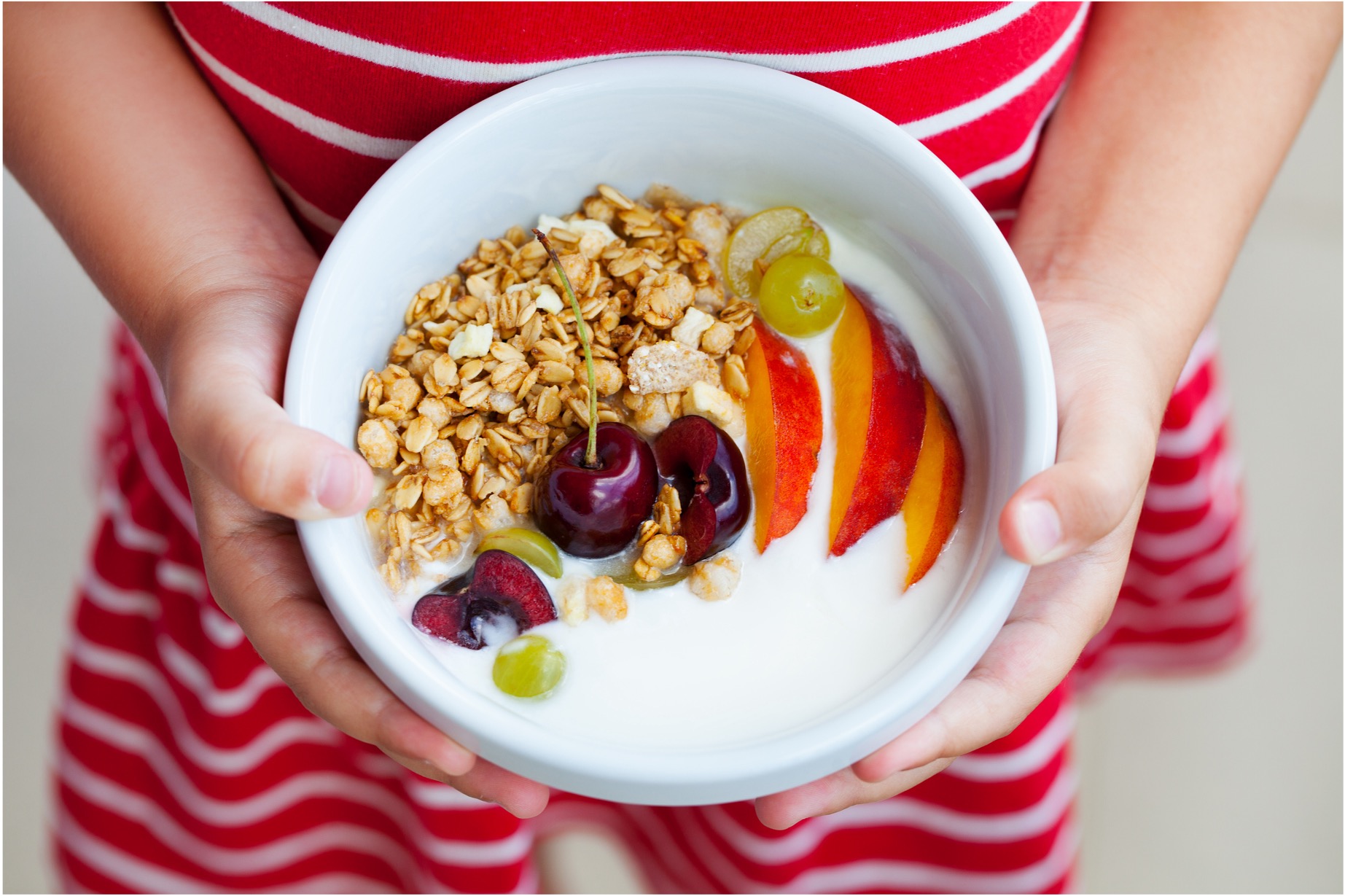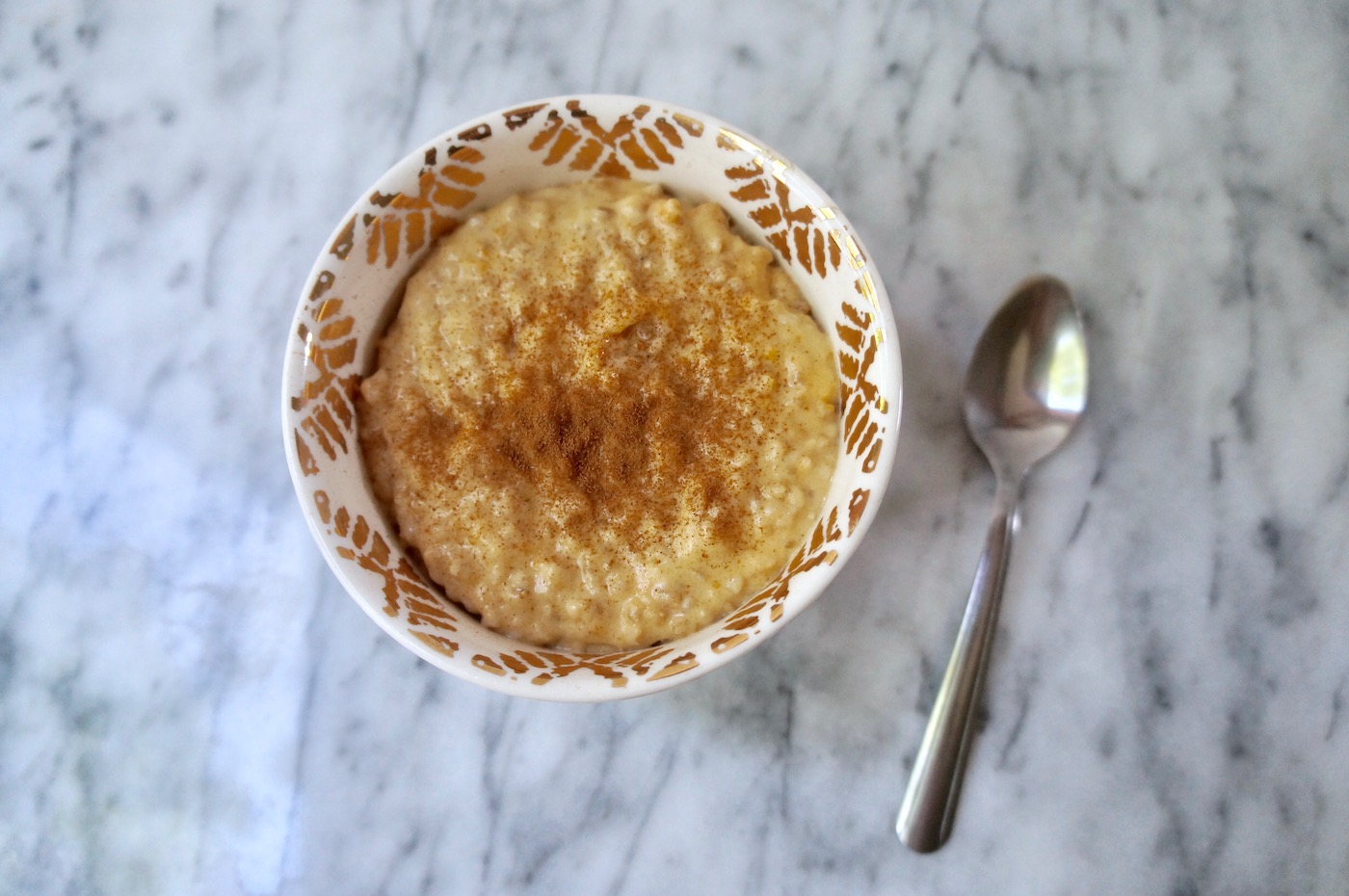Share This
We adults often overestimate how picky children are about their food. Sometimes our own pickiness and assumptions can get in the way of children’s opportunities to try new things. Research shows that kids (just like adults!) need many opportunities to try a new food before deciding they like it. On average, it takes infants 1-5 exposures, preschoolers 5-10 exposures, and school-aged kids 10-15 exposures to a new food before they decide they like it. Compare that with more than 20 exposures for the average adult! Childhood is actually the best time to teach healthy eating habits and familiarize children with the flavors and textures of whole grains. After all, we know that children who eat whole grains regularly tend to carry these habits into adulthood.
So where should you start when it comes to introducing your kids to whole grains? We’ve got a few suggestions for easy points of entry.
1. Make easy swaps
This is one of the best tools for anyone – kid or adult – to start making the switch to more whole grains. Every time you come across a grain food you may have eaten/served in its refined grain form in the past, substitute in a whole grain version of that food! White bread becomes whole grain bread, white pasta becomes whole grain pasta, flour tortillas become whole grain tortillas (or corn masa tortillas), and white rice becomes brown rice (or quinoa, or farro, or bulgur). Kids offered pizza with a whole grain crust or a burger on a whole wheat bun often don’t even notice the change. They’re just happy to be eating one of their favorite foods.
2. Make breakfast whole grain
Breakfast is often one of the easiest times of day to serve whole grain options, so make a plan to serve a whole grain option every morning. It can be whole grain toast, whole grain waffles and pancakes, a whole grain muffin, a favorite whole grain cereal, a granola bar, or yogurt topped with granola and fruit. When you stumble upon a popular breakfast choice, encourage your child to participate in finding ways to keep it new and interesting! My toddler daughter is a huge oatmeal junkie, and we love brainstorming new flavor combinations each week. We might add in blueberries and coconut one week, pureed carrot and cinnamon the next week, and dried apricots and tahini the week after that.
3. Cook and bake with your kids when you can
This one requires lots of time and patience, but it can also be loads of fun. Kids are often more likely to taste something they’ve helped prepare, because they’re more invested in it. It feels more approachable to them. Even really young kids can help add the ingredients for whole grain banana bread to a bowl or mix up pancake batter with an adult’s help. This is a great opportunity to talk about all the different ingredients and let them smell and touch things as each element is added.
4. Conduct taste tests with your kids
Become food scientists together! Choose a favorite recipe and make it two or three different ways using different whole grains. This can be done with a favorite cookie recipe where you’re testing the flavors of different whole grain flours, or with a grain salad where you’re testing out the textures or colors that different whole grains contribute. If making multiple versions of the same recipe sounds like too much work, you can make your own version of something you might typically buy at the store, like graham crackers or bagels, and then taste your own creation next to the store-bought version. Taste testing positions kids as the experts and the judges, which often helps make that first bite of something new feel exciting, rather than intimidating.
5. Sometimes the less you say, the better!
When it comes to introducing new foods, sometimes even our most well-intentioned words of encouragement can add pressure to the situation. In my house, we try to keep the conversation focused on other things and not draw much attention to new foods. We answer questions about the food when they come up, but we try to keep our answers brief. Whether or not your kid decides to take a bite this time, try to play it cool. They will get there eventually, even if not today!
Do you have tips for helping your kids find whole grain foods they love? Let us know in the comments below! (Caroline)
To have our Oldways Whole Grains Council blog posts (and more whole grain bonus content!) delivered to your inbox, sign up for our monthly email newsletter, called Just Ask for Whole Grains.



Add a Comment